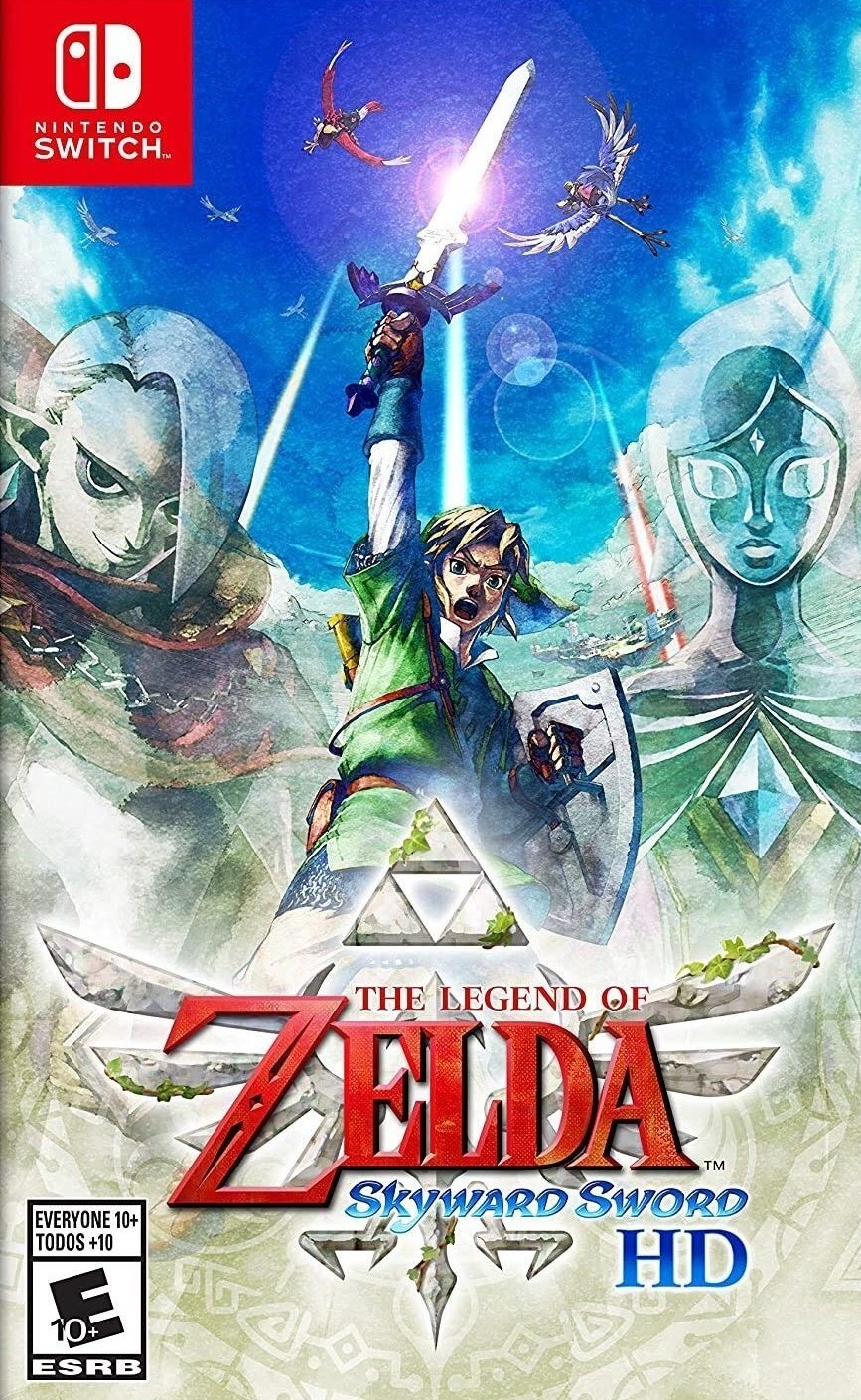 The Machine Crusade
The Machine Crusade by
Brian Herbert
My rating:
4 of 5 stars
Authors Brian Herbert and Kevin J. Anderson dedicate this second entry of the Legends of Dune trilogy to Penny and Ron Merritt, not to mention fellow travelers in the Duniverse. They follow with acknowledgements stating that the completion of the sequel’s manuscript was only the beginning of its journey, with editors fine-tuning it and their agents being supportive. They also acknowledge the producers of the audio version, those that helped avert inconsistences within the setting of the Dune series, and numerous members of the Merritt and Herbert families.
The prologue opens by stating that historians don’t always agree with records of the past, that the more one dives into it, the more fluid and contradictory the stories become. The fictitious writer of the prologue is the First Official Historian of the Butlerian Jihad, Naam the Elder, whose Manifests of Protest was confiscated by the Jihad Police, or Jipol. Opponents of the Jihad are weary of protest, with the war claiming billions of lives, and twenty-four years have elapsed since the death of Serena Butler’s infant son Manion at the hands of Erasmus, one of the antagonistic thinking machines.
Atomic destruction of the Earth at the hands of the Jihad perpetrators has occurred, as well, with the robots countering with their own attacks on League of Nobles colonies. Serena Butler herself spends much time in the Tower of Introspection with the Cogitor Kwyna. Iblis Ginjo is Serena’s political proxy, the Grand Patriarch of the Jihad Council, ruling outside the boundaries of the League Parliament, a former slave master on Earth, a great orator, the husband of Camie Boro, who traces her bloodline to the last ruler of the Old Empire.
Iblis is also the founder of the Jihad Police, which ferrets traitors and saboteurs, arresting thousands including many of Ginjo’s political enemies. Naam concludes the prologue with his belief that there is little hope of true victory or a truce with Omnius. The main action opens 177 B.G. (Before Guild) in the twenty-fifth year of the Jihad. As with other books in the series regardless of author, the beginnings of new chapters are indicated by fictitious quotes from many of the characters within the story, which provide decent philosophy to the Duniverse.
The first primary chapter opens with Xavier Harkonnen fighting the machines, who want control of the world of IV Anbus. The book has good descriptions of the various cities on the sundry planets, and in addition to the continued story of the Butlerian Jihad, continues the story of Selim the Wormrider, who wishes to sabotage mélange harvest on the planet Arrakis. Ishmael also still yearns for freedom from his bondage, and is now married and with children. A year ultimately passes since the human race and machines’ struggle for IV Anbus.
The world of Poritrin becomes the next battleground between the humans and thinking machines, lasting about a year, as well, alongside the year-long conquest of Ix. The machine Eramus also raises and occasionally experiments with a feral human boy, Gilbertus. The forces of the Jihad, furthermore, gain the assistance of organ farms on the planet of Tlulax, with this element making for a twist in the latter portion of the narrative. Serena also attempts to bring the conflict to an end with a diplomatic meeting with Omnius, whose result sets the stage for the next novel.
Overall, this Dune prequel is very much an enjoyable yarn, being long but with plentiful action, and dynamic characters with good pedigree and families. The aforementioned philosophical quotes opening each chapter also add a bit of a genuine nature to the Duniverse, and there are quite a few good twists towards the end. The authors definitely do a good job preserving the legacy of Frank Herbert, even if the story does bear resemblance to contemporary media such as The Matrix and Terminator franchises. Regardless, this story warrants a read from those that enjoyed its predecessor, with those new to the series still likely wanting to start at the very beginning of the trilogy.
View all my reviews
 Paul of Dune by Brian Herbert
Paul of Dune by Brian Herbert











